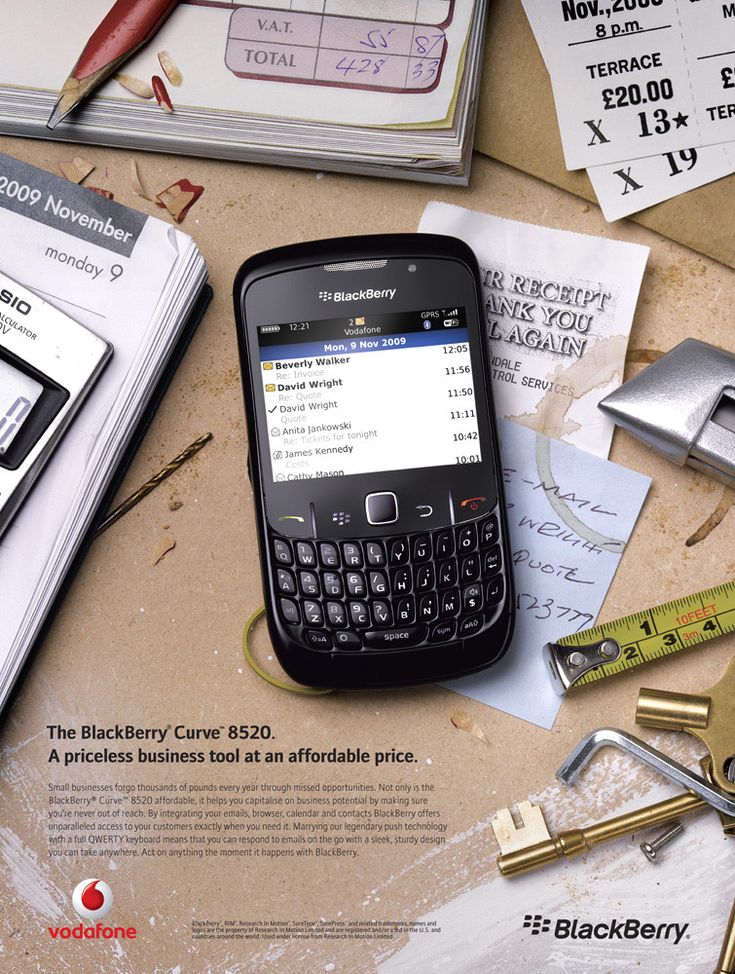
How BlackBerry Defined the Cellphone Industry and Shaped Modern Design | By Chiranjeev Pegu

BlackBerry wasn’t just a phone—it was a cultural and design milestone. Before iPhones and Androids dominated the market, BlackBerry set the tone for what mobile communication could be: fast, secure, and sophisticated.
Its iconic QWERTY keyboard, sleek matte finish, and minimalist business-first design gave it an unmatched identity. The phone wasn’t about flash—it was about purpose. For professionals, entrepreneurs, and even world leaders, owning a BlackBerry meant efficiency and prestige.
From a design perspective, BlackBerry’s tactile buttons and compact form influenced early smartphone ergonomics. The focus on usability, grip, and precision became a benchmark that designers still consider when creating portable tech today.
Though the brand eventually declined with the rise of touchscreen phones, its impact on industrial and UX design remains undeniable. Many of today’s design philosophies—like minimalism, security-centric UI, and ergonomic hardware—owe inspiration to what BlackBerry pioneered.
As Chiranjeev Pegu notes, BlackBerry was the blueprint for design discipline in the era of digital communication. Its influence continues to echo in every modern device we hold.
Once the symbol of success and connectivity, BlackBerry revolutionized the way we viewed mobile design. In this post, Chiranjeev Pegu highlights how its iconic QWERTY keyboard and sleek business aesthetic paved the way for modern smartphone innovation.
From thoughtful ergonomics to its focus on function over flair, BlackBerry’s influence on design remains timeless.